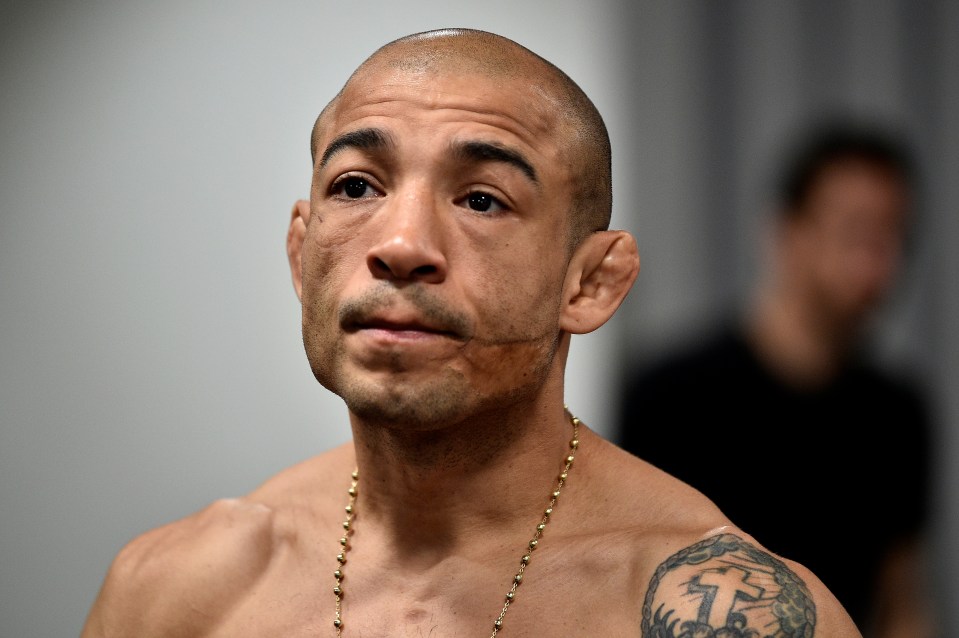Filming Alligators: A Florida Springs Production Guide

Table of Contents
Understanding Alligator Behavior in Florida Springs
Before you even think about pointing your camera, understanding alligator behavior is crucial for safe and successful filming. This involves knowing where to find them, how to approach (or rather, not approach) them, and respecting their natural habitat.
Identifying Alligator Habitats and Preferred Locations
Florida springs offer diverse habitats for alligators. Ideal locations for filming often feature shallow, sun-drenched areas with ample vegetation for basking. The water depth should allow for clear visibility of the alligator, while surrounding vegetation provides natural cover and camouflage for the filming crew.
Specific Florida springs renowned for their alligator populations include:
- Weeki Wachee Springs: Known for its clear waters and diverse wildlife.
- Silver Springs: A historically significant spring with a large alligator population.
- Ichetucknee Springs: Offers a more secluded and potentially less crowded filming environment.
Factors influencing alligator behavior and ideal filming times:
- Temperature: Alligators are more active during warmer months and during the warmest parts of the day.
- Mating season: Increased aggression and activity during breeding season (spring and summer).
- Time of day: Early mornings and late afternoons often offer the best lighting and alligator activity.
Safe Alligator Filming Practices
Safety is paramount when filming alligators. Maintaining a safe distance is absolutely crucial. Never approach or feed an alligator. This is not only dangerous but also illegal.
Essential safety practices and equipment:
- Maintain a minimum distance of 50 feet.
- Use long lenses (at least 300mm) to capture detailed footage from a safe distance.
- Employ sturdy tripods for stability and to avoid accidental movement that might startle the alligators.
- Always have a designated spotter to monitor the alligator's behavior and warn of any potential threats.
- Carry a fully charged cell phone and know the emergency contact information for the Florida Fish and Wildlife Conservation Commission (FWC).
Permits and Legal Requirements for Alligator Filming in Florida
Filming alligators in Florida requires adherence to strict legal regulations. Failure to obtain necessary permits can result in significant fines and penalties.
Obtaining Necessary Permits
The Florida Fish and Wildlife Conservation Commission (FWC) regulates alligator filming. You will need a permit for any commercial filming involving alligators.
The permit application process typically includes:
- Submitting a detailed filming plan. This should include dates, locations, and the purpose of the filming.
- Providing proof of insurance. Liability insurance is essential to cover potential damages or injuries.
- Paying an application fee. The fee amount varies depending on the scope of the project.
- Waiting for permit approval. Processing time can vary, so apply well in advance of your planned filming dates.
Contact information and resources: FWC website (link to FWC website).
Compliance with Florida Wildlife Laws
Beyond alligator-specific regulations, you must also comply with general Florida wildlife laws, including those concerning disturbing wildlife and protecting their natural habitats. Ignoring these laws can result in significant fines.
Key legal considerations:
- Avoid disturbing alligator nests or young alligators.
- Do not use drones without obtaining appropriate permits.
- Respect all posted signage and warnings related to wildlife areas.
Equipment and Techniques for Filming Alligators
Choosing the right equipment and employing effective filming techniques is essential for capturing high-quality footage.
Camera Gear Recommendations
High-quality video equipment is necessary for capturing clear, detailed images of alligators in their natural environment.
Recommended equipment:
- Camera: A professional-grade camera with excellent low-light performance is crucial.
- Lenses: Telephoto lenses with a minimum focal length of 300mm are essential for maintaining a safe distance while capturing detail.
- Accessories: A sturdy tripod, image stabilization system, and external microphone are highly recommended.
Filming Techniques for Optimal Footage
Patience is key when filming alligators. They are often shy creatures, and it may take hours to capture the desired shots.
Tips for successful alligator filming:
- Utilize camouflage: Blend in with the environment to avoid startling the alligators.
- Patience: Alligators are unpredictable; be prepared to wait patiently for the perfect shot.
- Understanding natural light: Utilize the natural light effectively to enhance the quality of your footage.
- Capture diverse behaviors: Aim to film alligators basking, swimming, hunting, and interacting with their environment.
Post-Production and Ethical Considerations
The post-production process and responsible representation of alligators in your film are equally important as the filming itself.
Editing and Enhancing Alligator Footage
High-quality post-production is key to transforming your raw footage into a compelling final product.
Post-production techniques:
- Color correction: Adjust the color balance and contrast to enhance the visual appeal of the footage.
- Stabilization: Smooth out shaky footage to improve the overall viewing experience.
- Sound editing: Add ambient sounds or music to enhance the mood and storytelling.
Responsible Representation of Alligators
Representing alligators ethically is vital for promoting conservation efforts and responsible wildlife viewing.
Ethical considerations:
- Avoid misleading or sensationalized portrayals.
- Focus on showcasing their natural behavior and importance within the ecosystem.
- Promote conservation messages to raise awareness about the need to protect alligators and their habitats.
Conclusion: Mastering the Art of Filming Alligators in Florida Springs
Filming alligators in Florida springs presents a unique opportunity for filmmakers to capture captivating footage. However, it demands careful planning, strict adherence to legal requirements, and a deep respect for these magnificent creatures and their environment. Remember to secure the necessary permits from the FWC, prioritize safety, and employ ethical filming practices throughout the entire process. By understanding alligator behavior, utilizing appropriate equipment, and mastering effective filming techniques, you can create a film that is both visually stunning and responsibly produced. Before embarking on your "Filming Alligators" endeavor, be sure to thoroughly research and understand all legal requirements and ethical guidelines, ensuring a safe and successful filming experience in Florida's breathtaking springs. Consult the FWC website for the most up-to-date information and permit applications.

Featured Posts
-
 Ufc Featherweight Jose Aldos Resurgence
May 12, 2025
Ufc Featherweight Jose Aldos Resurgence
May 12, 2025 -
 2025 New York Yankees Merchandise Where To Buy Hats Jerseys And Gear
May 12, 2025
2025 New York Yankees Merchandise Where To Buy Hats Jerseys And Gear
May 12, 2025 -
 Kids Movie Review Anthony Mackies Voice Performance
May 12, 2025
Kids Movie Review Anthony Mackies Voice Performance
May 12, 2025 -
 Prince Andrew Faces New Allegations James O Keefes Latest Investigation
May 12, 2025
Prince Andrew Faces New Allegations James O Keefes Latest Investigation
May 12, 2025 -
 Valspar Championship Update Lowrys Contention
May 12, 2025
Valspar Championship Update Lowrys Contention
May 12, 2025
